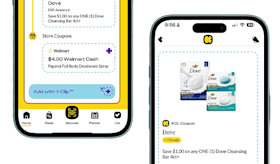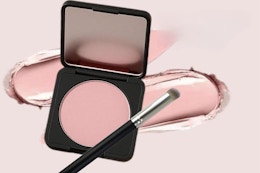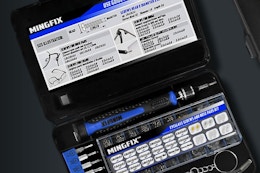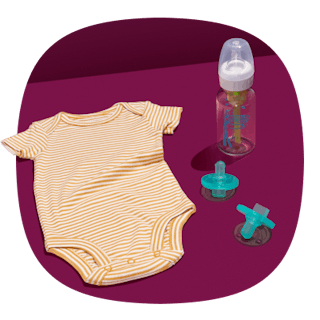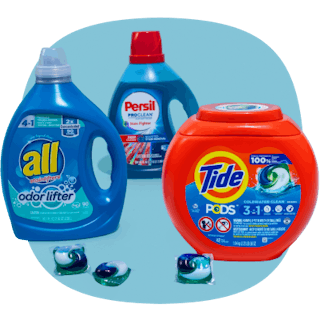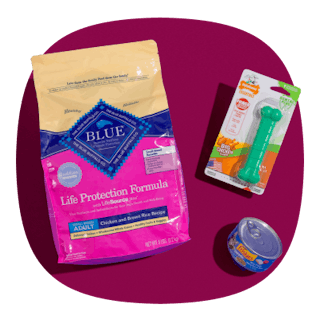Want to shop for a car from the comfort of your couch? Do comparison shopping remotely before you sign on the dotted line? Or do you just simply hate dealing with people IRL? Good news for you! You can totally buy a car online.
While the best experience usually does involve some light peopling for things like test drives and picking up the actual vehicle after purchase, you can do your preliminary shopping, negotiations, and paperwork 100% from your phone or laptop in this, the year 2023. Even at traditional dealerships.
I’ll show you how to do it.
Download the Krazy Coupon Lady app for tons of smart money tips.
1. Figure out how much you can afford.

The first thing you need to do is look at your budget. Rare few people can pay cash for a car, so you’re likely going to be looking at monthly payments.
Figure out how much you can reasonably afford to pay in both car note payments, auto insurance premiums, and maintenance costs each month. It’s important to know this number before you apply for a loan so you don’t get roped into payments that aren’t realistic.
2. Get pre-qualified or pre-approved for a loan.

Before you even go car shopping, see how much lenders are willing to give you. This will be partially based on your income, but it will also be based on your credit score. That is made up of things like credit utilization and payment history.
The difference between pre-qualification and pre-approval is whether or not the creditor checks your credit report. With pre-qualification, they do a soft pull, which doesn’t affect your credit score. But it’s also not a guaranteed thing — their offer could change after they do a hard pull on your credit later before you sign for the final loan.
Pre-approval is closer to final. There may be a small ding on your credit score, but the terms the lender offers you should be accurate for the final loan. When you’re rate shopping, multiple hard checks on your credit usually only count as one if you do all of your shopping within a couple weeks. So feel free to shop around at different lenders.
RELATED: No matter what you do, don’t buy a car with a credit card.
3. Shop for a car online.

Here’s the fun part: it’s time to shop for your car!
In 2023, there are oh, so many ways to shop for a car online. Let’s cover a few of them, weighing the pros and cons of each.
Shop for a car online through a dealership.
In recent years, many dealerships have added internet sales departments. That means you can shop with a traditional dealership online.
That also means you have the opportunity to negotiate over vehicle price, depending on the dealership. Be sure to do your research so you know about competitor pricing and deals. Familiarize yourself with the best times to buy a car to get the best price.
Another huge thing when you’re negotiating with dealerships is to not let on too much about your financing options. Only tell them the max budget you’re willing to spend — not the max amount someone has agreed to lend you. You’ll also want to frame things in terms of the total price of the car. Don’t let them rope you into talking in terms of monthly payments. That’s just a way for them to get you to spend more!
Shop no-haggle online pricing with CarMax.
CarMax is one of my favorite places to go car shopping online for used cars. I’ve found their pricing to be more than fair, and they don’t engage in negotiations. The price you see is the price you get. CarMax makes shopping for a car online super easy, too.
You can shop for a car online with a mobile service — if you dare.
Then there are companies like Carvana and Vroom. These services offer delivery to your door and a specific timeframe to make returns. But during the first part of the pandemic, these companies got into a lot of trouble. Their quality of service went down. So did the quality of the product.
Things got so bad that these companies have gotten in massive trouble with state and federal regulators. While they might have been a good choice in the past, for the time being it’s probably better to steer clear.
Shop for a car online through a private seller.
When I shop for cars through private sellers, I honestly prefer to do it through my personal network. Friends of friends. Someone from my mom’s church group. Essentially someone I know I can trust.
You don’t get that same level of social accountability when you buy from a seller on Craigslist or Facebook Marketplace. But those are certainly options.
4. Schedule a test drive.

With the exception of online-only dealers like Vroom, all of your online car buying options will allow you to test drive before purchase. This ensures you get to see and feel the car before you lay down any cash.
RELATED: Ways to Save Big on Car Maintenance and Repair
5. Sign purchase and financing documents online.

Especially if you go through a traditional service or another option like CarMax, there should be a streamlined process for signing vehicle purchase and auto financing documents online. Millennials rejoice! You may not even need a printer.
6. Pick up your sweet new ride.

Finally, pick up your vehicle from the dealership or private seller. Depending on who you’re buying from, they may even deliver the vehicle to your home —just be sure to ask about any applicable delivery fees.
Download the KCL app to add and redeem coupons in store
